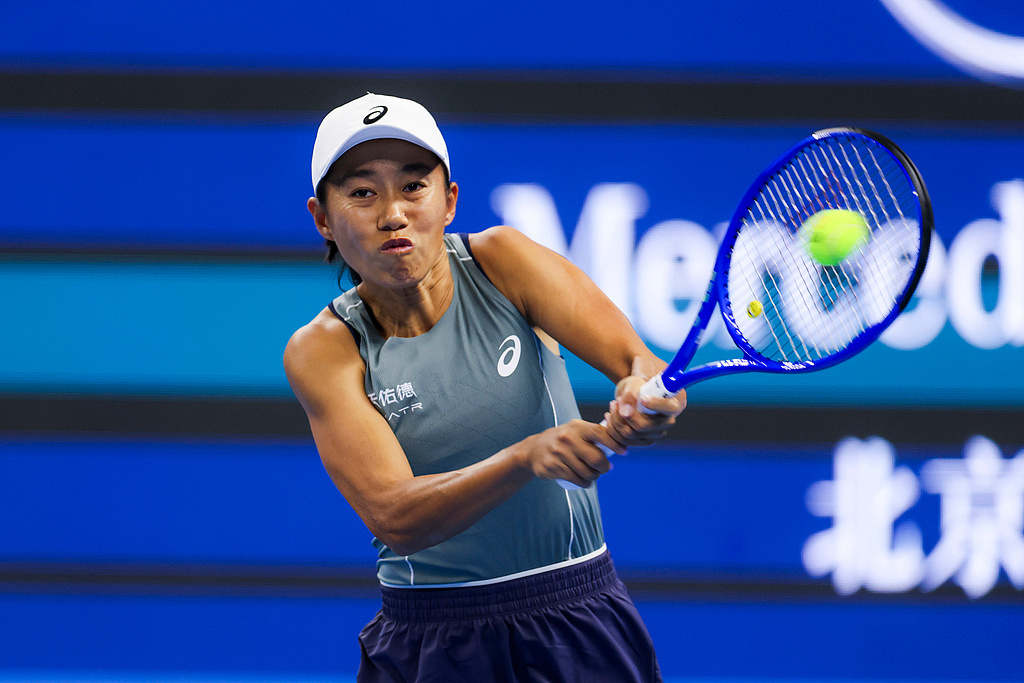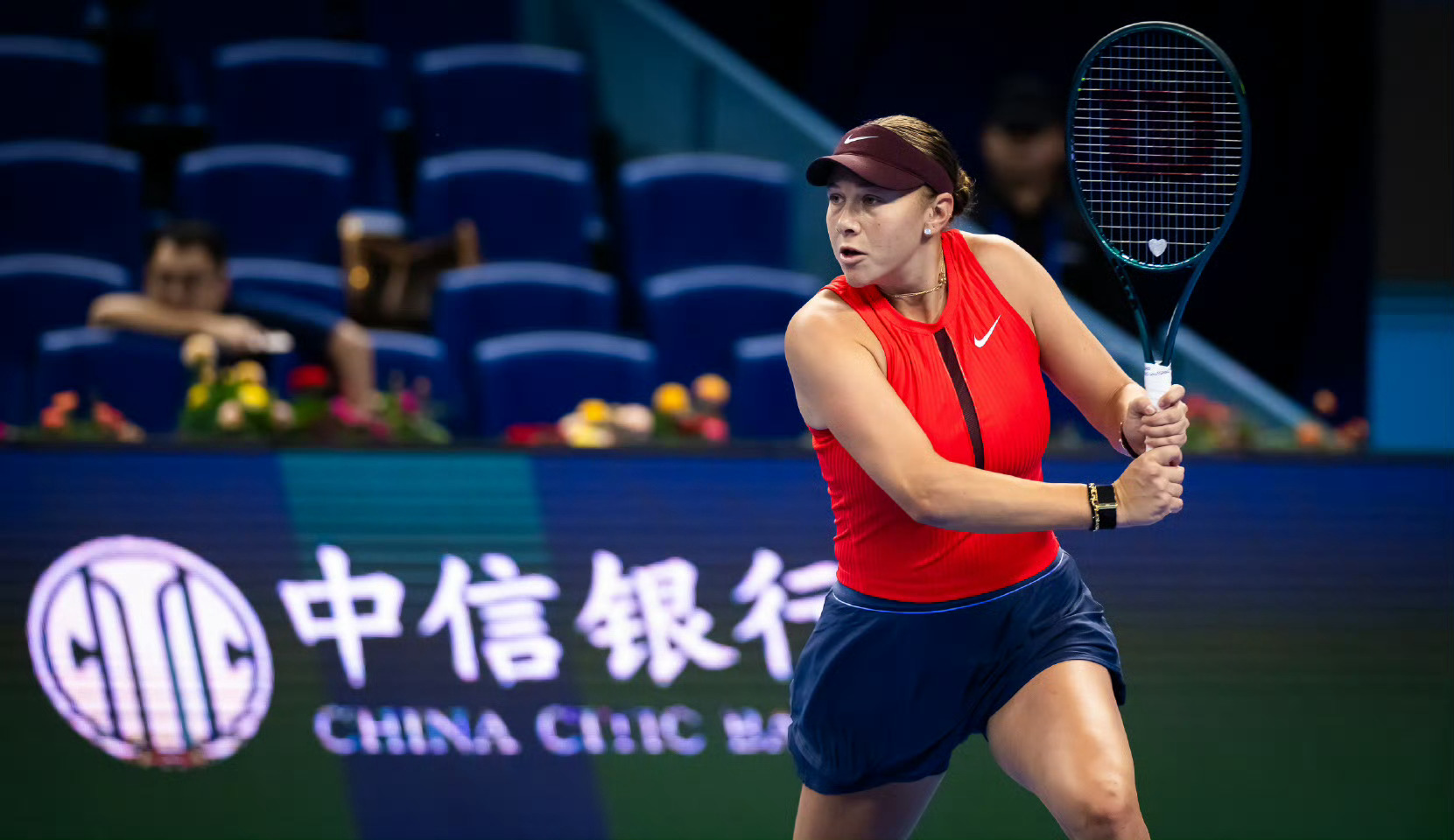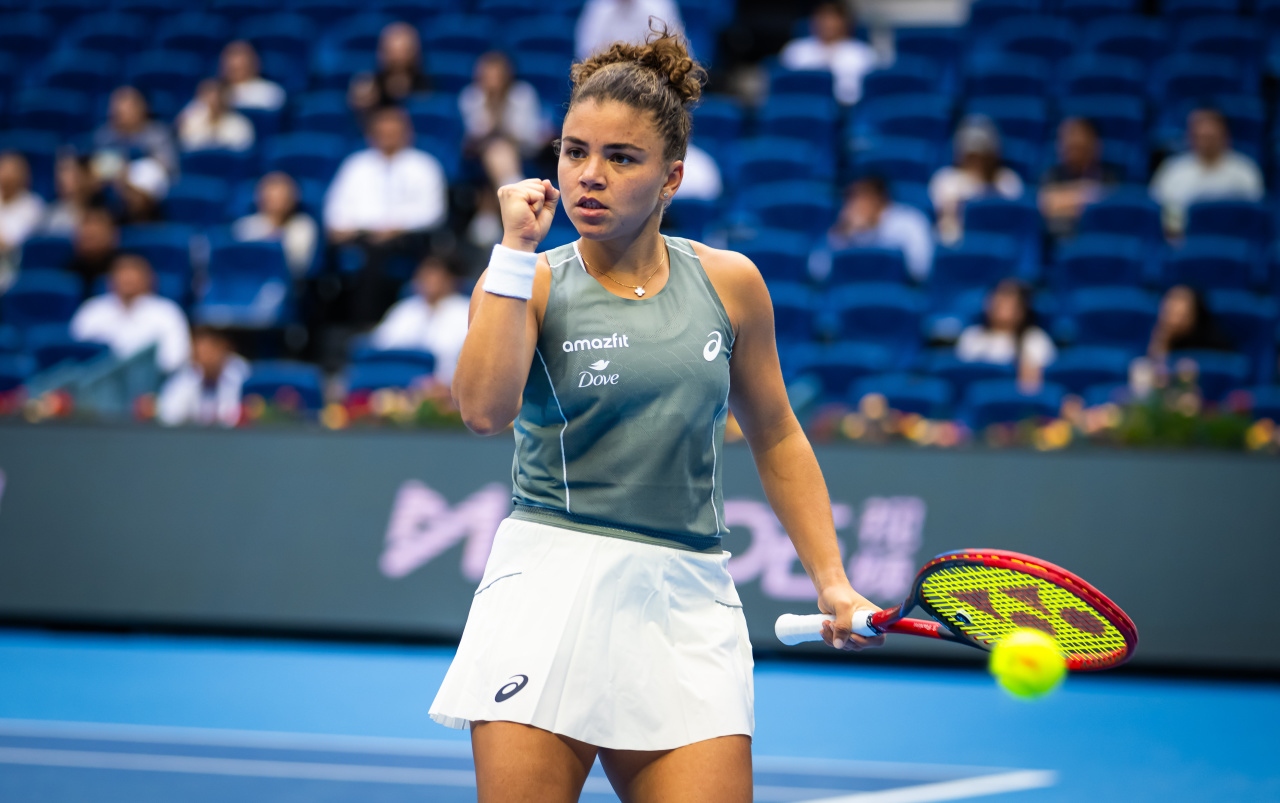Kostyuk complained about the background music; how much impact can music really have on players?
Music, this intangible presence, floats above the tennis court, at times like a rousing battle drum, at others like a gentle murmur. When the young Ukrainian Kostyuk complained during a net break that the background music was too sorrowful and requested a more cheerful tune, and when Sharapova entered the Rod Laver Arena as a queen walking to Pink’s "Try," we can’t help but wonder: do these flowing notes act like an unseen racket silently participating in this contest of strength and grace?

For tennis players, music first serves as a shield for the soul, helping them build an unbreakable inner fortress. Entering any major tournament’s player tunnel, you’ll often see top athletes wearing large headphones, isolating themselves from the outside world. The music in those headphones is not mere decoration but a carefully planned “mental rehearsal.” Scientific studies show that music can effectively regulate the autonomic nervous system; fast-paced, high-energy tunes raise heart rate and excitement, storing energy for upcoming bursts, while soothing melodies calm anxiety and divert attention from excessive tension. When Sharapova walks in to the powerful and resilient vocals of "Try," she is not only presenting her image to the audience but also engaging in deep self-suggestion—the lyric questioning "how much will you try" mirrors her tenacious fight on court. This music becomes her armor, instantly activating her “queen” persona, merging technique, tactics, and a winning mindset into one.

However, the effect of music is not always positive. Kostyuk’s complaint reveals the other side—when music crosses from the athlete’s controllable “private space” into the uncontrollable “public arena,” it can shift from aid to distraction. Tennis demands extreme concentration; players must maintain calm decision-making amid rapidly changing scenarios. Suddenly hearing music on court that conflicts with a player’s current mood or preference is like throwing a stone into a still lake, disrupting their carefully maintained mental rhythm. Sad melodies might inadvertently trigger unrelated emotions and undermine fighting spirit; inappropriate cheerfulness can break the flow of deep thought. At this point, music ceases to be a shield and becomes an unpredictable hidden weapon, testing the athlete’s psychological adaptability and resistance to interference in a complex environment.

Looking further, the interaction between music and tennis has transcended individual psychology to become a unique modern sports cultural phenomenon. Entrance music is an extension of an athlete’s personal brand and a powerful tool for shaping public image, conveying personality, attitude, and even a life philosophy. The music played during breaks and intervals contributes to the atmosphere and audience experience, part of the event’s overall entertainment packaging. Kostyuk’s incident, in a way, reflects the delicate balance between players’ individual needs and event public management—whose soundscape is the court? How to balance maintaining competitive purity with enhancing spectator entertainment? This is not only a technical issue but also a philosophical question in sports.

Looking back through tennis history, this sport, originating from French monasteries, is essentially a solitary contest—players facing each other across the net like modern gladiators, confronting all pressure and decisions alone. Music here plays the role of the classical tragedy’s “chorus”: it chants, it enhances, it comments, it intervenes. It can be the player’s inner “mental coach” or an unpredictable “external factor”; it can unify the crowd’s emotional rhythm or reflect the individual’s unique current state of mind.

Ultimately, we might understand it this way: in tennis, a sport full of tension and rhythm, music is the invisible “second racket.” It doesn’t directly strike the ball, but it deeply impacts the player’s spirit, influencing the pace and mood of the match. A top tennis master must not only master the carbon-fiber racket in hand but also learn to wield this “invisible racket” woven from melody, rhythm, and emotion. When Kostyuk identifies the disruptive sadness in the music, and when Sharapova’s steps perfectly match the beat of “Try,” they demonstrate that on this green battlefield where power and beauty reach perfect balance, victory depends not only on skill but also on the subtle details—including the vibrating notes in the air—requiring profound insight and flawless control. Perhaps this is the deeper charm of modern tennis: it is both a peak physical contest and a full symphony of mind and will.(Source: Tennis Home, Author: Xiao Di)







 Links
Links
 Contact
Contact
 App
App


